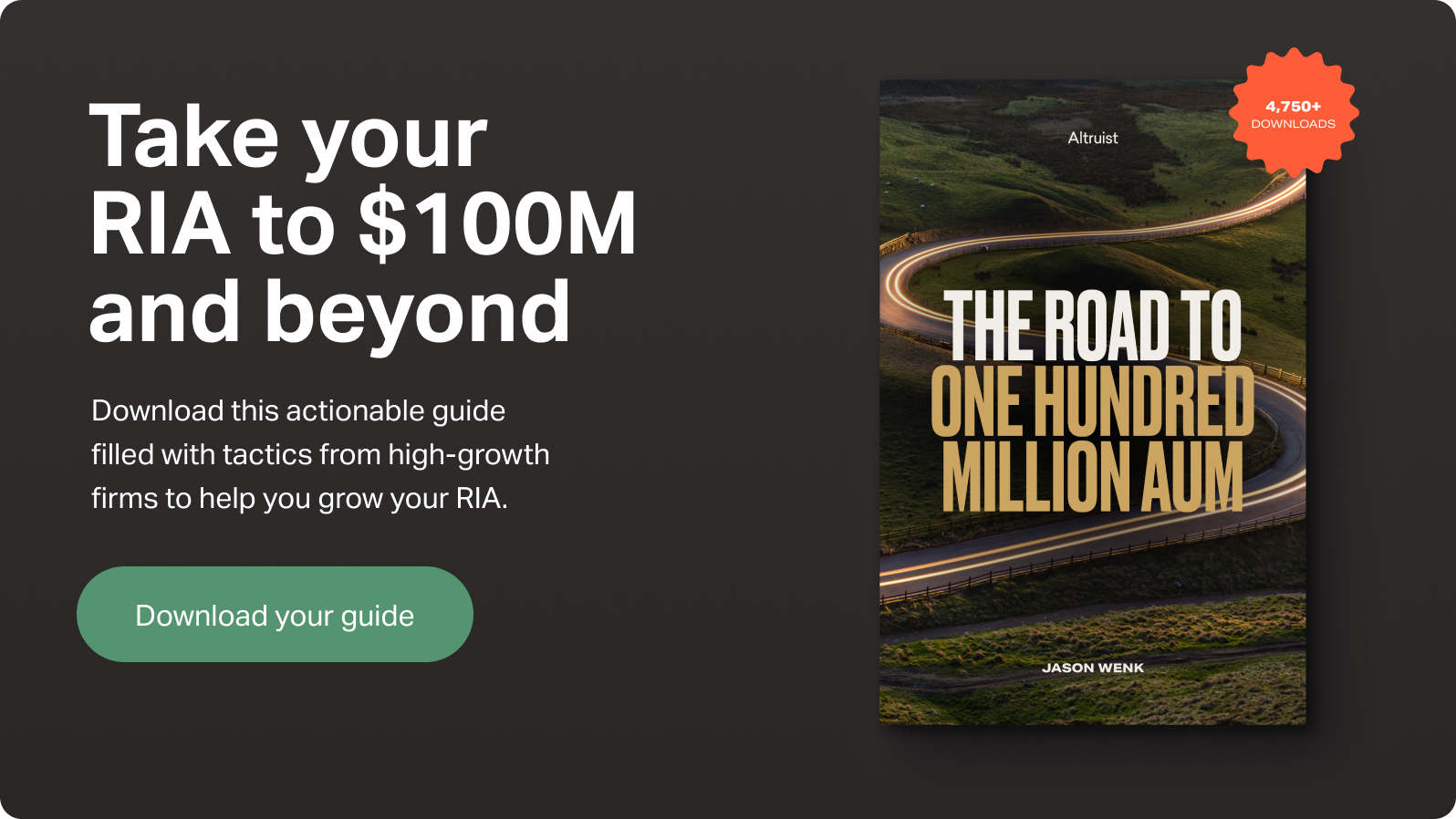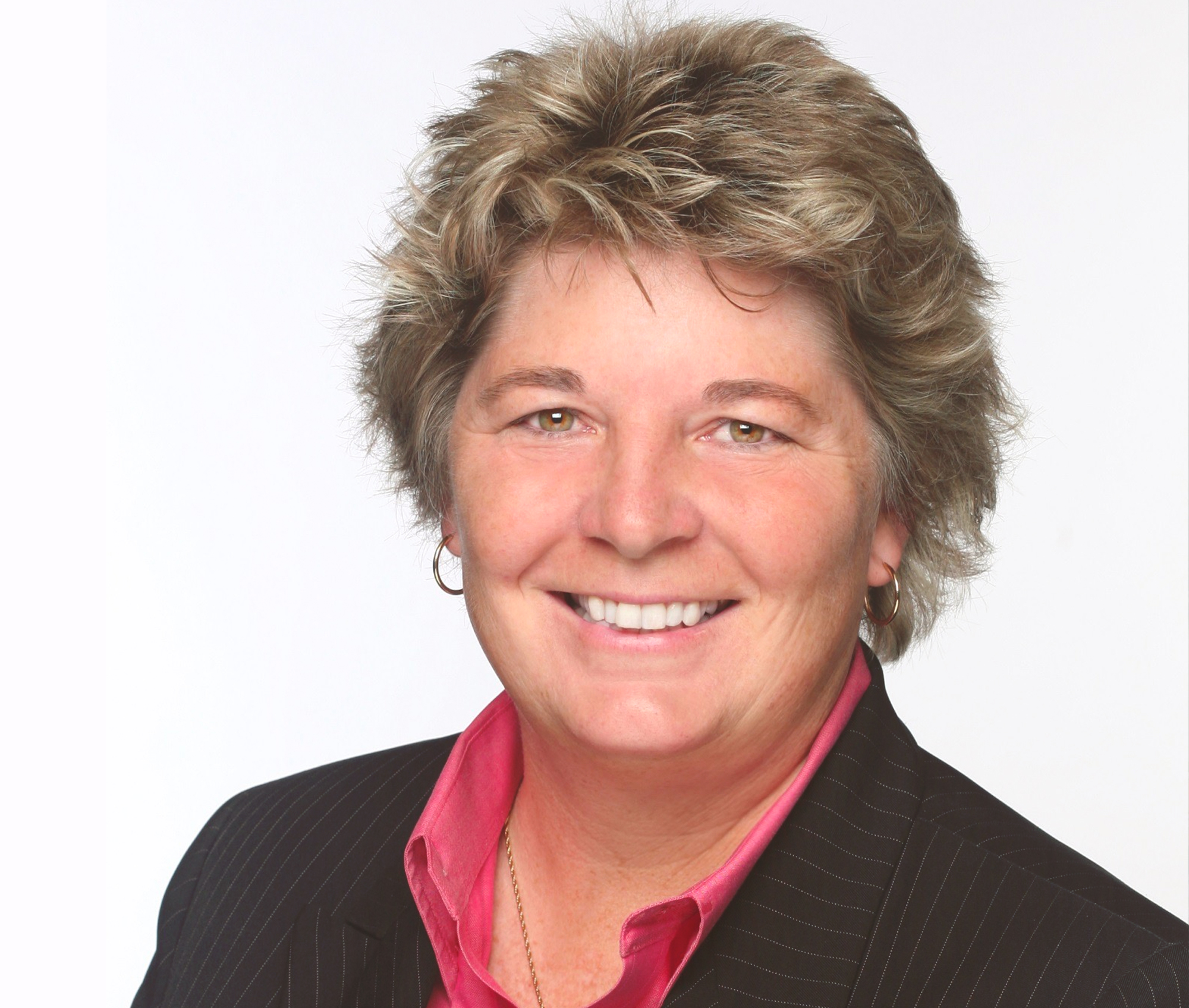When Wes White and his father opened a retirement-focused planning practice, Patriot Wealth, in the midst of the 2008 recession — one of the most challenging times in history for pre-retirees and retirees — they were quick to realize that the onboarding process was one of the most important parts of an advisor-client relationship.
Fast forward one year and $30MM in AUM and the financial firm had the onboarding process down to a uniform system, that’s still in place today.
When it comes to delivering the best client experience, quality and consistency are both important. The best way to consistently facilitate a high-quality client experience is to rely on efficiency and process.
That’s why Wes made the conscious decision to focus on onboarding clients, rather than spend time selling his firm to prospective clients. This choice led to major success. He simplified his onboarding process into 3 meetings that you can easily implement or adapt to fit your firm.
First meeting: Start with an open, honest conversation
During the initial meeting with a new client, asking open ended questions can go a long way. For example, when meeting with a couple, initiate an open discussion by asking questions that will help you understand if they are on the same page.
This will allow you to learn more about what money really means to them and what their previous experience with financial planning and wealth management has been. Use the information gathered from these candid conversations to better serve your client.
Second meeting: Evaluate current and future financial decisions
Before clearing the slate and starting from scratch on your client’s financial future, take a moment to do a side-by-side comparison of what their current financial position is and what you plan to do to get them closer to their financial goals.
There’s a chance you might find that what you need to implement is a mix of what the client is already currently doing and your new ideas — or it might be a complete overhaul. But by taking the time to review and evaluate your plan together, you give your client the opportunity — and choice — on how to move forward together.
Third meeting: Implement the plan and start building a lasting relationship
After completing the initial comprehensive financial planning process, many clients choose to continue with ongoing planning and management services to help them implement the recommended changes to their financial plan, while others do so on their own.
The client onboarding process can take trial and error as well as time to perfect. But a large part of developing a successful client onboarding process is having an effective workflow and technology in place to support the system.
Much like investing, automation is better utilized sooner rather than later. Once you see a need to implement process and technology — start automating.
Having tools — like a CRM, scheduling technology, email automation — will not only make you more efficient, but also give you insight into data that you might otherwise miss. This information can lead to attracting the right clients, delivering better service, and, ultimately, more referrals.














